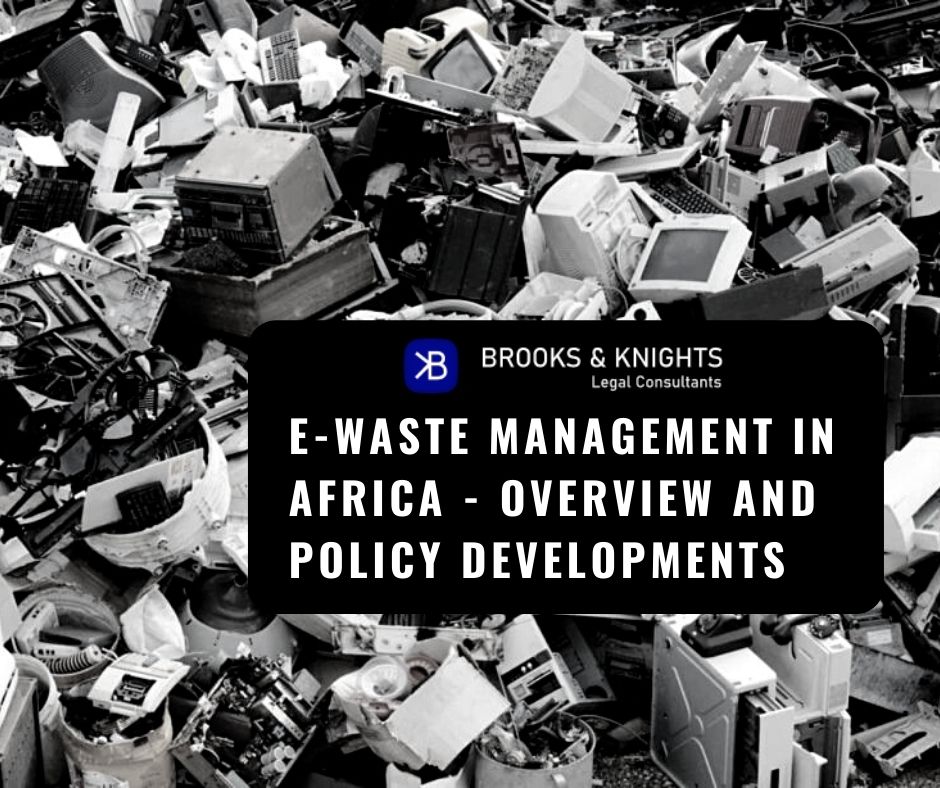1. Introduction
Electrical and electronic equipment (EEE) contain many important substances, both precious and toxic, which make them what they are and contribute to the way they function. Technological advancements, innovation in product design of EEE and rising consumer demand has led to an increase in global electronic waste (e-waste or waste EEE).[1]Overtime, as EEE lifespan has progressively reduced, industry has emphasized the making of new products over the repair of older ones. This has created rapid obsolescence in EEE, making them e-waste. However, global e-waste management practices have not kept up with the volume of e-waste generated globally. In 2021, global e-waste amounted to 57.4 million tonnes, a size outweighing the Great Wall of China[2] and is projected to increase to about 74 million metric tonnes by 2030.[3] Africa generates the lowest regional amount of e-waste in the world, about 2.9 million metric tonnes,[4] yet it hosts some of the largest e-waste dumpsites in the world. This is the result of illegal transboundary movement of e-waste from developed to developing countries especially in Africa.[5] It represents the “decarbonization divide” where wastes generated in advanced and high-income countries are deposited in poorer countries.[6]
In Africa, the vast amounts of e-waste left at dumpsites are informally recycled for rare earth and non-ferrous metals, including gold copper, and aluminium, which have a high recycle market value exceeding 55 billion euros.[7] However, there are severe health and environmental implications in using informal methods to recycle e-waste. Hazardous metals such as barium, mercury and lead are exposed to the general atmosphere from the open burning done at these sites.
Policy considerations that address the socioeconomic and environmental and public health concerns are therefore an important aspect of e-waste management in Africa. This article considers the problem of e-waste in Africa, including the transboundary market for EEE, the current face of e-waste management in Africa, existing policies for e-waste and recommendations for closing the gap between the present policy landscape and appropriate enforcement of e-waste management on the continent.
2. The Problem of E-Waste in Africa
Leakage & Illegal Transboundary Movement of E-Waste
E-waste management in developed countries is well structured, and includes the policy, skill and infrastructure to recycle e-waste in a sustainable manner. In countries such as the United States, Germany, Sweden, China and the United Kingdom, formal waste collection and recycling mechanisms are in place.[8] Despite these structures, it remains more lucrative to ship e-waste to developing countries, especially Africa, where the policy and infrastructural landscape is weak and the market demand for used EEE is high. About 80% of the e-waste produced in developed countries is illegally exported to developing countries[9] and this amounts to 60% of Africa’s e-waste.[10] This process is known as leakage. E-waste mislabelled as used and usable EEE is the major form of this illegal transboundary trade in e-waste.
Access and read the complete article here.
[1] Maphosa, V., and Maphosa, M. (2020). E-waste management in Sub-Saharan Africa: A systematic literature review, Cogent Business & Management, 7:1, 1814503, DOI: 10.1080/23311975.2020.1814503.
[2] Rosane, O. (18th October 2021). This year’s e-waste to outweigh the Great Wall of China. World Economic Form. Retrieved March 19, 2022, from https://www.weforum.org/agenda/2021/10/2021-years-e-waste-outweigh-great-wall-of-china/.
[3] Avis, W. (2021). Drivers, barriers and opportunities of e-waste management in Africa. K4D Helpdesk Report No. 1074. Institute of Development Studies. DOI: 10.19088/K4D.2022.016.
[4] Id.
[5] Maphosa, V., and Maphosa, M. (2020). E-waste management in Sub-Saharan Africa: A systematic literature review, Cogent Business & Management, 7:1, 1814503, DOI: 10.1080/23311975.2020.1814503.
[6] Gordon, A., Daniels, C., Quaye, W., Ting, B.M., and Asante, A.A. (2021) Transformative innovation policy approach to e-waste management in Ghana: Perspectives of actors on transformative changes. Science and Public Policy 1–11. Retrieved from https://doi.org/10.1093/scipol/scab005Otherwise.
[7] Avis, W. (2021). Drivers, barriers and opportunities of e-waste management in Africa. K4D Helpdesk Report No. 1074. Institute of Development Studies. DOI: 10.19088/K4D.2022.016.
[8] Maphosa, V., and Maphosa, M. (2020). E-waste management in Sub-Saharan Africa: A systematic literature review, Cogent Business & Management, 7:1, 1814503, DOI: 10.1080/23311975.2020.1814503.
[9] Id.
[10] Avis, W. (2021). Drivers, barriers and opportunities of e-waste management in Africa. K4D Helpdesk Report No. 1074. Institute of Development Studies. DOI: 10.19088/K4D.2022.016.



Comments are closed